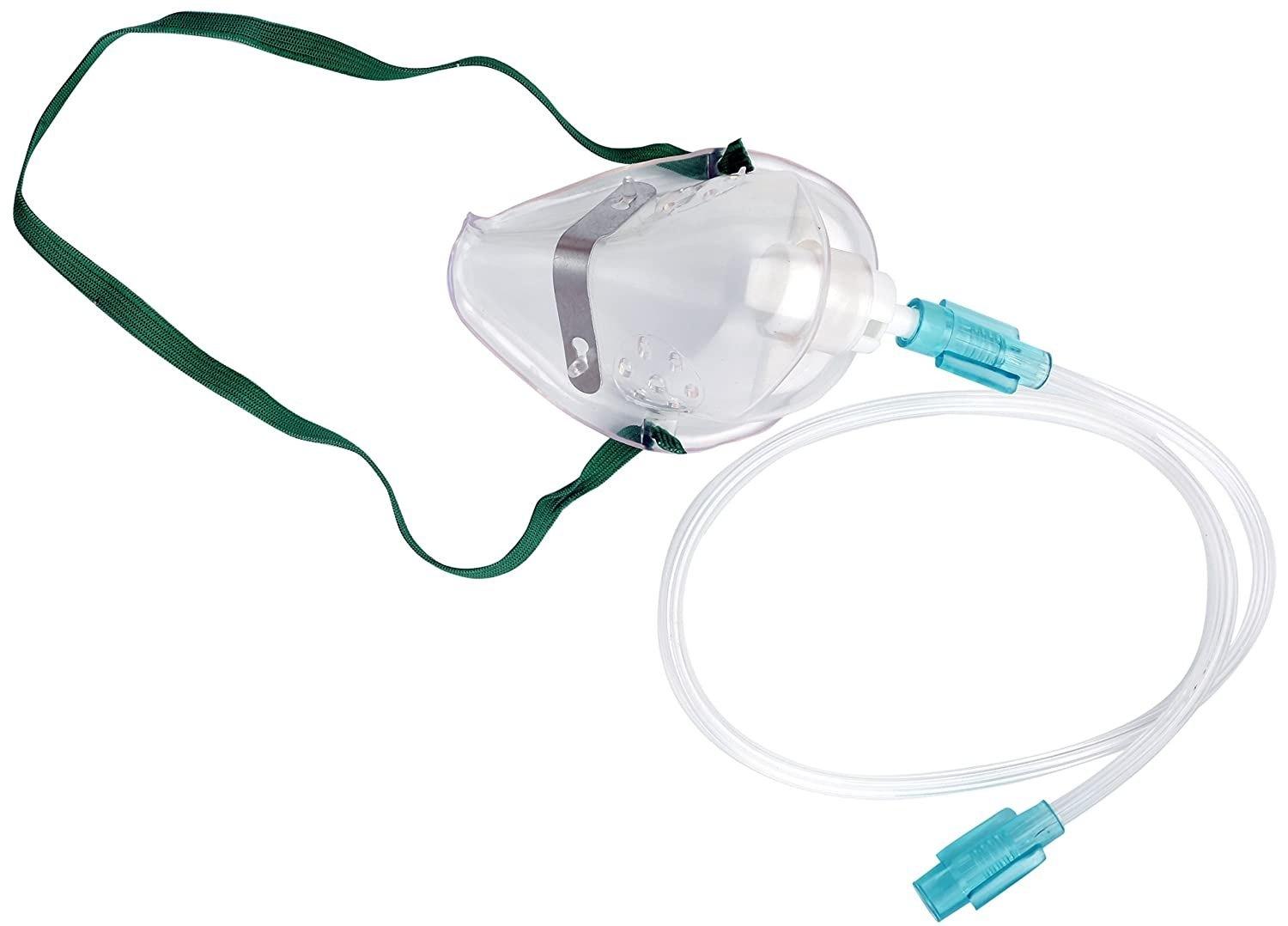In the intricate dance of patient care, one tool emerges as a literal lifeline—the oxygen mask. For healthcare professionals, the oxygen mask represents more than a piece of equipment; it embodies the critical link between breath and life. This article delves into the nuanced world of oxygen masks, with a particular focus on the indispensable role played by disposable oxygen masks, unraveling their design, applications, and the impact they have on the frontline of medical care.
1. Introduction to Oxygen Masks:
In the realm of medical interventions, the oxygen mask stands as a quintessential device for administering life-sustaining oxygen to patients. Its primary function is to enhance oxygen delivery to individuals experiencing respiratory distress, whether due to a medical condition, surgery, or trauma. The design of the oxygen mask allows for the controlled flow of oxygen, making it an indispensable tool in various healthcare settings.
2. Anatomy of the Oxygen Mask:
An oxygen mask typically comprises a plastic or rubber face mask connected to a tubing system that links to an oxygen source. The mask covers the nose and mouth of the patient, ensuring efficient delivery of oxygen as they breathe. Adjustable straps secure the mask in place, providing a comfortable and customized fit for diverse patient populations.
3. The Role of Disposable Oxygen Masks:
Disposable oxygen masks, a subset of these life-saving devices, are designed for single-use purposes. These masks offer several advantages in clinical settings, particularly in scenarios where cross-contamination risks must be minimized. The disposable nature of these masks ensures a fresh, sterile apparatus for each patient, aligning with stringent hygiene protocols observed in modern healthcare practices.
4. Applications in Clinical Settings:
Healthcare professionals routinely deploy oxygen masks across various clinical settings. Emergency rooms, intensive care units, operating theaters, and ambulances all rely on the swift and effective application of oxygen masks to address diverse respiratory needs. Whether stabilizing a trauma patient, assisting a postsurgical recovery, or managing chronic respiratory conditions, the versatility of oxygen masks makes them a staple in the medical toolkit.
5. Disposable Oxygen Masks: A Hygienic Imperative:
From a healthcare professional's perspective, maintaining a sterile environment is paramount. Disposable oxygen masks address this imperative by eliminating the risk of cross-contamination between patients. In situations where infection control is of importance, such as during pandemics or in areas with high transmission rates, the use of disposable masks becomes a strategic and essential choice.
6. Comfort and Compliance:
Beyond their clinical utility, disposable oxygen masks enhance patient comfort and compliance. The masks are lightweight, non-intrusive, and designed to fit snugly without causing discomfort. This is particularly important in situations where prolonged use is necessary, as patient cooperation and comfort contribute significantly to treatment effectiveness.
7. Tailoring Oxygen Delivery:
One of the advantages of oxygen masks lies in their ability to deliver oxygen at variable flow rates. This adaptability is important for healthcare professionals who must tailor treatment to each patient's important respiratory requirements. Disposable oxygen masks, with their standardized yet adjustable designs, facilitate precise oxygen delivery without compromising hygiene standards.
8. Challenges and Innovations:
Despite the undeniable benefits, challenges persist in the realm of oxygen masks. Issues such as patient discomfort, the potential for air leakage, and the environmental impact of disposable masks warrant ongoing attention. Healthcare professionals, in collaboration with researchers and manufacturers, continue to explore innovative solutions to address these challenges, striving for a delicate balance between efficacy, sustainability, and patient-centered care.
9. Navigating Critical Care Scenarios:
In critical care scenarios, healthcare professionals often find themselves relying on the quick and efficient application of oxygen masks. Whether administering oxygen to a patient in respiratory distress or preparing a patient for surgery, the ability to seamlessly integrate oxygen masks into the continuum of care is a skill honed through training and experience.
10. Beyond Crisis Management:
While oxygen masks are often associated with crisis management, they play a pivotal role in ongoing patient care. Managing chronic respiratory conditions, supporting patients with compromised lung function, and aiding postsurgical recovery are all scenarios where oxygen masks contribute to the overall well-being of individuals under the care of healthcare professionals.
In conclusion, the oxygen mask, particularly the disposable variant, epitomizes the fusion of technological innovation and compassionate care in the realm of healthcare. From the perspective of healthcare professionals, these masks are not just tools; they are instruments that bridge the gap between breath and life. As the medical landscape continues to evolve, the role of oxygen masks remains foundational, offering a beacon of hope and a symbol of unwavering commitment to patient well-being. In the hands of healthcare professionals, the oxygen mask is not just a device; it is a conduit through which they breathe life into their noble calling.


